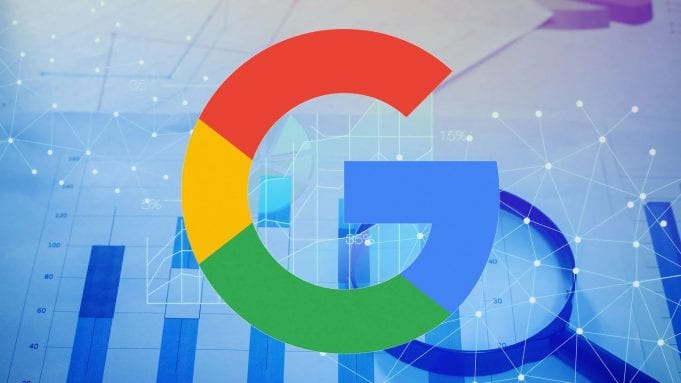Each modern business in the world tries to reach first place on Google. Still, Google’s algorithm is probably the most difficult-to-understand thing in the digital marketing world.
Did you know that Google uses 200 factors that determine your rankings? There are probably even more because we do not know absolutely everything about their algorithm. Employers in Google are the only ones that know the true capacity of this “invention”.
Anyway, businesses optimize their websites because of the better reach to their audience. So, if you want to stay competitive, you need to do the same thing. However, the piece of data from the previous part tells you that battle for the first place on Google is tough.
We will not analyze all 200 factors in this article. If you want to find an in-depth analysis of this subject, then you should visit YEAH!Local and find out more about this complex topic. Still, we will cover some of the factors that will influence your rankings a lot.
Let’s start.
Include Relevant Keywords in Content

Including relevant keywords in the content of your blog is the first step you need to go through. First of all, it is important to say that there are different types of keywords that you need to use
- Short-tail keywords
- Long-tail keywords
- Long-term evergreen keywords
- Product defining keywords, etc.
Each category has a different purpose. For example, long-term evergreen keywords are those that are relevant all the time. The so-called search volume will change during the time, but those changes won’t be huge.
Anyway, finding those keywords is not as difficult as you think. You can find many tools that will help you to find the right ones. For instance, some of them are Ahrefs Keywords Explorer, Jaaxy, Soovle, etc.
When you find the relevant keywords, you need to divide them into two different categories – Primary and Secondary. The primary keywords are those that people usually type in Google box. Our advice is to pick one or two of them. The secondary keywords are those that are relevant or similar to the primary ones in some way. These two factors will “explain” the Google which topics you are exactly covering in a blog post.
Keyword Stuffing
We explained what keywords are and how to find them. Still, something that truly matters is that you do not use them more than necessary. Google’s algorithm does not like when you keyword overuse. More precisely, you will be penalized for that which will hurt your rankings.
Instead, use the tools that we mentioned and calculate how many times you need to repeat the KWs. This depends a lot on the length of the content that you share. “Rules” are different for 1000-word and 2000-word blog posts.
Internal Links

First of all, you should know that there are two different types of links – Internal and External. You can find different names like Inbound and Outbound links, but those are literally the same things.
Internal links are those that lead to the other parts of the website. For example, let’s imagine that you covered SEO in a couple of your blog posts. When the first-time reader comes, he will want to find out more. Still, no one guarantees that he will research the entire blog alone. However, if he needs to click once or twice to find something he wants, then those chances start to grow.
This is not only important for the satisfaction of the readers. It is also important for Google’s algorithm. The visitor is going to spend more time on your website which is a sign for Google that something valuable is on your blog posts. The algorithm will slowly start to improve your position on Google.
External Links
Logically, external links are a type of link that leads to the pages outside of your website. This is another reason why visitors will be satisfied with your blog. If something is unclear to them, then they will know the exact place to find it outside of your website.
Anyway, you need to be careful here. It matters how quality those links are. For instance, you want to link to a website that is some sort of scam. Sooner or later, Google will shut down that website and that will have a negative impact on you as well. Link only to the resources that have credibility. That is the only way to stay safe.
Finally, for both types of links, it is important not to overuse them. Many years ago, using many links would positively influence your rankings. Still, people from Google noticed that people do that without sharing any important piece of information with Google. After that, they changed the rule.
Add links to those websites that are also well-ranked on Google. When their rank starts to grow, the rank of your website will also improve.
Optimize the Pictures

First of all, it is important to mention that people do not like to read a lot. If the content looks monotonous, they will get out before they even start reading. That is the reason why you need to add pictures.
Still, pictures won’t help a lot. They also need to be optimized. You need to put your main keyword in the description of the picture as well. Keep in mind that section “pictures” also exists when you type something into Google search. Many people will want to find pictures and one of those pictures can be yours. If they click on it, there is a big chance they will visit your website as well.
Titles, Headings, and URL

We will include three important things under one subtitle. Each of these three factors needs to include the keywords you plan to use.
Let’s use the URL as an example. First of all, unclear URLs that contain several different numbers and letters won’t attract a visitor to click. Besides that, it also doesn’t give a clear explanation of the algorithm.
If your URL is something like websitename/rfsss45=223, switch it with websitename/how-to-win-battle-for-Google. The reader can predict which pieces of information he will find out in the blog post. Besides that, the algorithm will know when to show your blog post.
P.S. The rules are the same when we talk about headings and titles. Include one keyword in the title and at least 2 times in H2s, H3s, etc.









